
Sartre’s Misunderstood Armenia
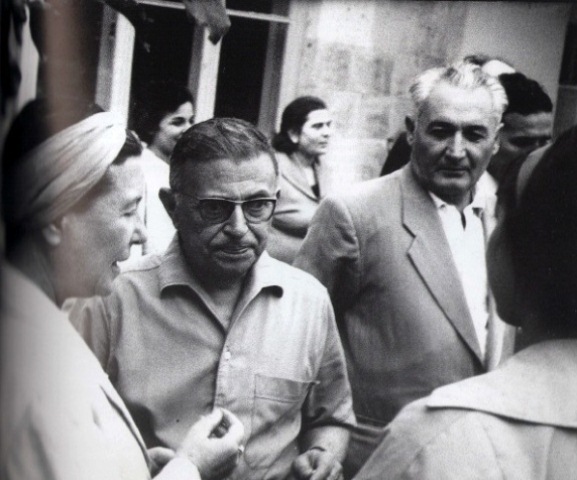
From 1950s, more exactly after Stalin’s death and the party’s meeting condemning personality cult, the so-called thaw period was launched in the Soviet Union, which, together with its restricted manifestations, had essential reflection especially on country’s cultural environment, as well as created an opportunity to somewhat crack the “iron curtain” separating it from the West.
First and foremost, it was dictated not by Eastern value re-estimation, but by realization on necessity of socializing with the world. However, even this partial shift in attitude brought certain activation of spiritual and cultural liaisons. Delegations of intellectuals from different countries were visiting the USSR one after another.
Of course, there is no need to overestimate importance of their mutual meetings, as these visits mainly bore reconnaissance character, however, even these quick interactions left new layers of mentality as an outcome and the supposed “safety” of soviet artists of being enclosed in their own shell little by little was giving its way to liberal “adventurism.”
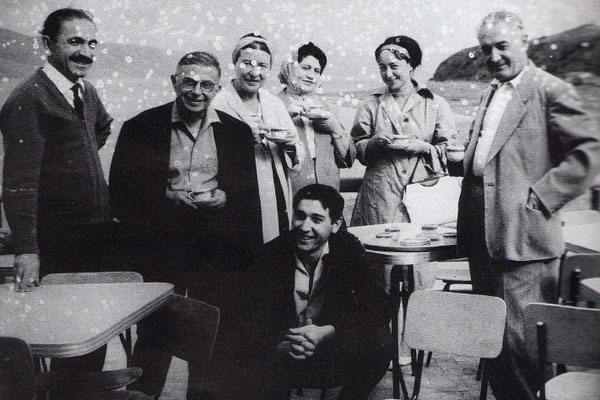
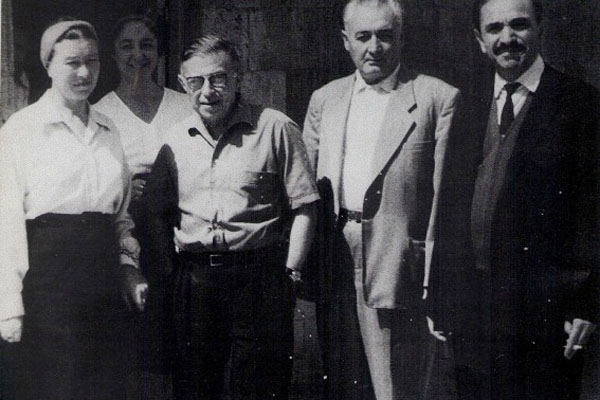
Later on, among many prominent representatives of art visiting Armenia Alberto Moravia, John Steinbeck, Pablo Neruda, David Siqueiros, Jacques Brel, Michelangelo Antonioni and others could be found. Out of various reasons information on these visits wasn’t published and elucidated, like the one introduced below.
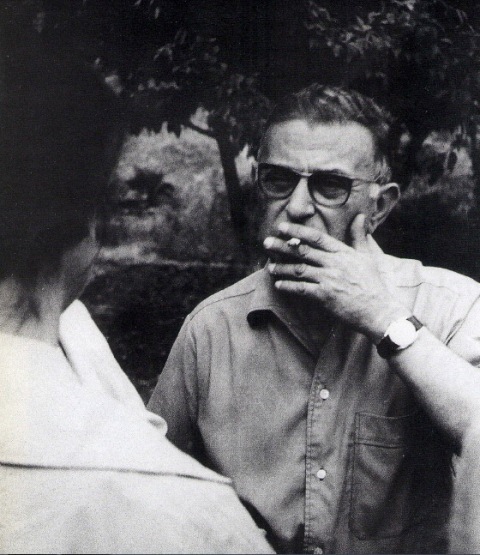
Jean-Paul Sartre, prominent French writer, philosopher, follower of existentialism, and his inseparable companion—Simone de Beauvoird, writer, a feminist movement pioneer, visited USSR. This time Armenia was included in their route. Alexander Topchian was the first to tell about the visit in French press in 1990s and publish exclusive photos.
Today it’s difficult to say, it was the choice of the guests or the one dictated by local authorities; it’s known that honorable guests came to Armenia from Georgia by car.

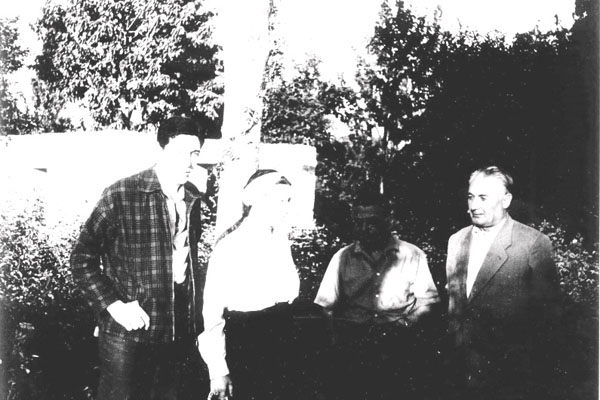
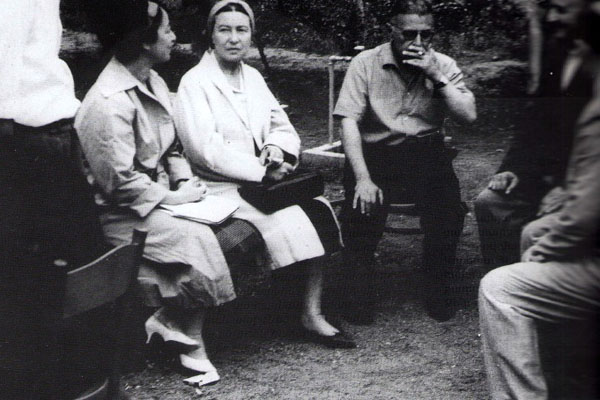
In the company of Georgian writers they drove till Sevan Lake, where Eduard Topchyan, president of the Writers Union of Armenia, Sero Khanzadyan, Hrachya Kochar were waiting for them. After the short welcoming ceremony, treating was organized in one of eating houses close to the river, and the feast went on in Lusakert village, where writer Vakhtang Ananyan was living. Here Anton Kochinyan, chairman of the Council of Ministers, visited the French writers in a company of party members and other state officials.
Note, that it wasn’t easy for Armenian writers socializing with Sartre, as they knew little of him or even nothing. In this sense, Sartre and Beauvoir weren’t in a plumy condition as well, they were unaware of Armenian culture. This mutual strangeness, which seemed to stimulate interests of the parties, in fact, hadn’t changed at all. On the whole, according to famous telling, for the guests our country, some elements of daily routine, some layers of human relations remained misunderstood and alien. The period they stayed in Yerevan didn’t either contribute to change of attitude.
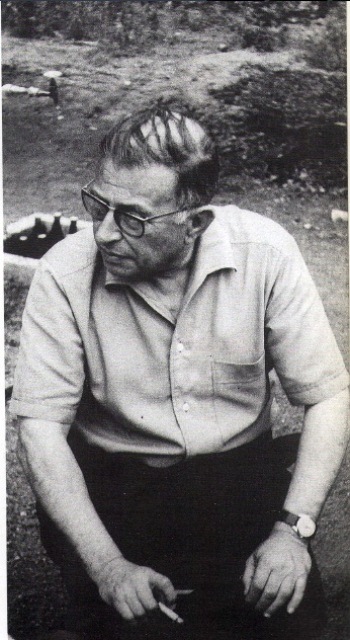
It’s noteworthy to mention, that some people speak of that circumstance with stressed regret and accents of condemning, then their opinion would hardly be regarded as completely justified or grounded. Every country and nation, either good or bad, has its features, and no one has to change the mask to fit in the guests’ caprices and demands. One thing is a fact: later on, visit to Armenia was not reflected in their poems or notes. Even decades later, the Armenian society was unaware, that in September 1963 its country hosted live classics.
By Hovik Charkhchyan






















